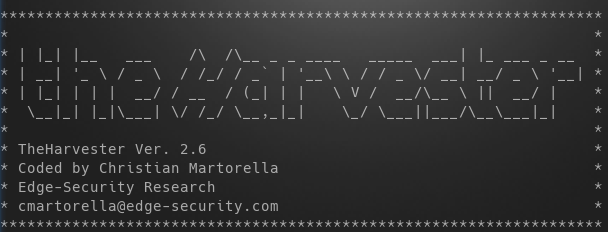If you've got a USB drive or SD card that can't be formatted and to which you can't copy files, then take a look at our guide to removing write protection.


StorageDevicePolicies

Diskpart

list disk
select disk x (where x is the number of your non-working drive – use the capacity to work out which one it is)
attributes disk clear readonly
clean
create partition primary
format fs=fat32 (you can swap fat32 for ntfs if you only need to use the drive with Windows computers)
exit
Related news
- Pentest Tools For Windows
- Hacker Tools Hardware
- Pentest Automation Tools
- How To Install Pentest Tools In Ubuntu
- Pentest Tools For Windows
- Hack Tool Apk No Root
- Hack App
- Blackhat Hacker Tools
- Tools 4 Hack
- Hacking Tools 2020
- How To Install Pentest Tools In Ubuntu
- Hacking Tools For Beginners
- Beginner Hacker Tools
- Hacker Tools Apk
- Hacking Tools For Windows
- Hack Tools
- Hack Tools Download
- Hacking Tools For Windows Free Download
- Usb Pentest Tools
- Termux Hacking Tools 2019
- Hacker Tools Mac
- Pentest Automation Tools
- Hacking Tools For Games
- Hacks And Tools
- Hack Apps
- Kik Hack Tools
- Hacker Tools Github
- Hacker Tools Online
- Kik Hack Tools
- Hacker Tools Github
- Hack Tools 2019
- Pentest Tools For Mac
- Hacker Hardware Tools
- Nsa Hacker Tools
- Hacker Tools 2020
- Hacker Tools Free
- Hacking Tools Software
- Pentest Tools Kali Linux
- Pentest Tools Alternative
- Pentest Automation Tools
- Computer Hacker
- Game Hacking
- Hack Tools For Games
- Pentest Tools Tcp Port Scanner
- Hack Tools Download
- Hack Tools Pc
- Hacking Tools Usb
- Wifi Hacker Tools For Windows
- Computer Hacker
- Pentest Tools Review
- Hacking App
- Best Pentesting Tools 2018
- Hacker Tools Online
- Pentest Tools For Windows
- Pentest Box Tools Download
- Pentest Automation Tools
- Pentest Tools Kali Linux
- Hacking Apps
- Physical Pentest Tools
- Hacker Tool Kit
- Pentest Tools Nmap
- Pentest Tools Subdomain
- Hack Tools For Windows
- Hacker Tools Hardware
- Best Hacking Tools 2020
- Pentest Tools Subdomain
- Growth Hacker Tools
- What Are Hacking Tools
- Hacking Tools For Kali Linux
- Hacking Tools 2019
- Hacker Tools Apk
- Usb Pentest Tools
- Nsa Hack Tools Download
- Hacking Tools For Windows Free Download
- Pentest Tools Alternative
- Hack Tools For Mac
- New Hacker Tools
- Tools For Hacker
- Pentest Tools Windows
- Hacker Tools
- Hack Tools Mac
- Hack Website Online Tool
- Hacking Tools For Windows Free Download
- How To Make Hacking Tools
- Pentest Tools Framework
- Bluetooth Hacking Tools Kali
- Pentest Tools Apk
- Black Hat Hacker Tools
- Hacking Tools Mac
- Hacking Tools For Windows
- Hacking Tools For Games
- Pentest Tools Tcp Port Scanner
- Hacking Tools Online
- Hack Tools For Mac
- Pentest Tools
- Hacking Tools For Windows 7
- Hacking Tools For Mac
- Nsa Hack Tools Download
- Hacker Tools For Windows
- Growth Hacker Tools
- Nsa Hacker Tools
- Hacker Tools
- Hacking Tools Pc
- World No 1 Hacker Software
- Pentest Tools Alternative
- Pentest Tools For Windows
- Wifi Hacker Tools For Windows
- Pentest Tools Website
- Ethical Hacker Tools
- Nsa Hack Tools
- Hackers Toolbox
- Pentest Tools For Ubuntu
- Pentest Tools Review
- Black Hat Hacker Tools
- Hacking Tools Pc
- Pentest Tools Android




